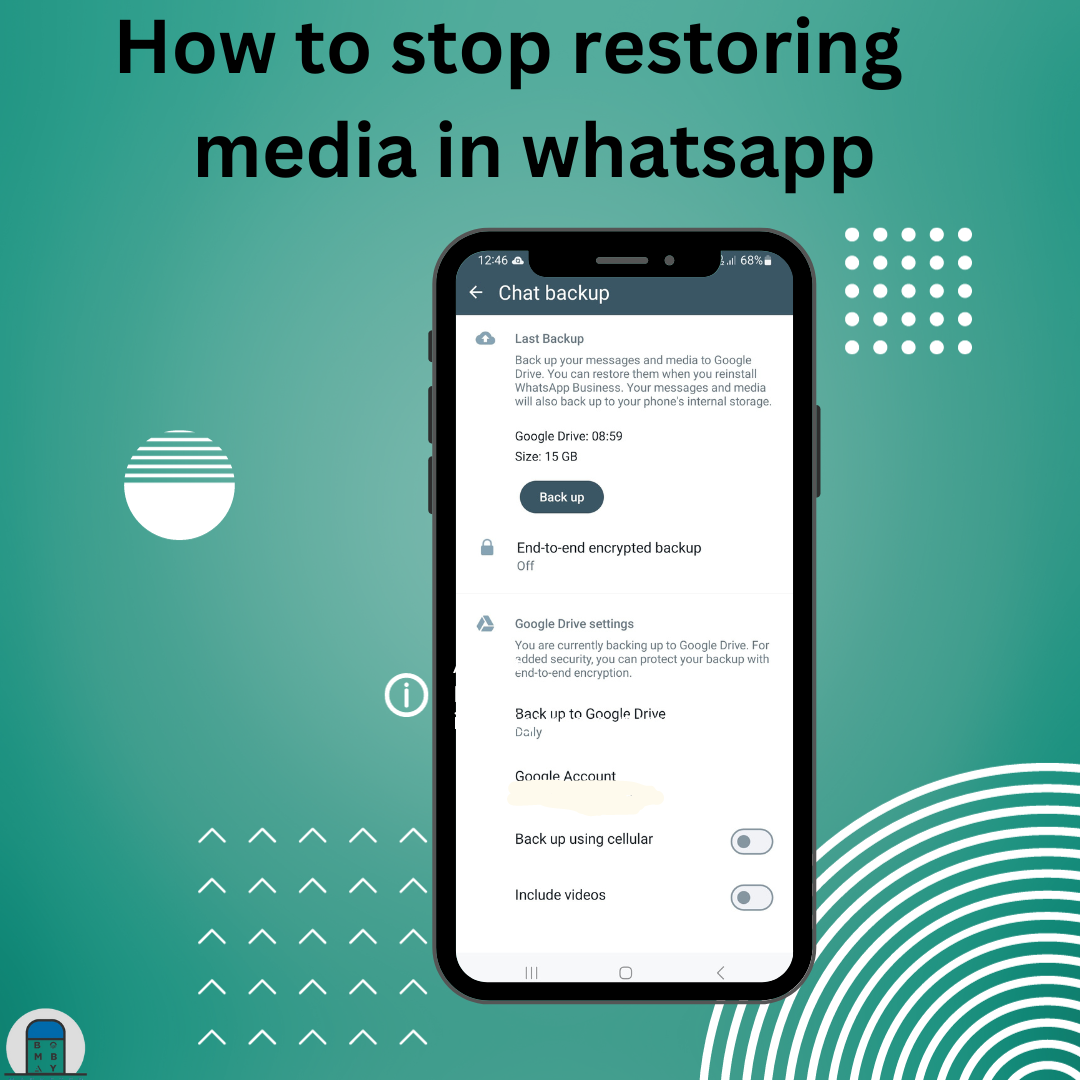WhatsApp stands out as one of the prevalent social messaging applications, there is a lesser-known ways on how to stop restoring media in WhatsApp. WhatsApp stands out as a widely utilized instant messaging application that facilitates the exchange of text, voice, and video messages, along with media files, for both personal and business purposes. Stopping the automatic restoration of media in WhatsApp is a simple yet crucial task for those seeking to manage storage space or maintain privacy. In the digital age, where multimedia communication is ubiquitous, understanding how to halt media restoration can be invaluable. By default, WhatsApp automatically downloads and restores media files like photos and videos to your device, consuming both data and storage. To stop this automatic process, users can navigate through the app settings and disable the auto-download feature. By doing so, they gain control over when and which media files are downloaded, ensuring a more efficient use of resources. Whether aiming to preserve data limits, free up storage, or maintain a more selective approach to media consumption, mastering the art of stopping media restoration empowers users to customize their WhatsApp experience according to their preferences and needs.
The Blog at a glance:
MASTERING MEDIA: HOW TO STOP RESTORING MEDIA IN WHATSAPP AND REGAIN CONTROL OVER MEDIA RESTORATION?
Once, I had a smartphone named Jarvis. We shared many memories through WhatsApp, like messages, photos, and videos. One day, Jarvis moved to a new device. This change threatened to disrupt their shared digital history. To save their precious memories, I discovered the magic of WhatsApp’s media restoration. Then, I found the key – the automatic backup and media restoration feature. This tale showcases the magic of WhatsApp’s media restoration, bridging two digital worlds and keeping their memories alive in the enchanted land of messaging.
- WhatsApp serves as a versatile communication tool for both personal and professional use, enabling users to send and receive various message formats, including text, voice, and video messages, as well as media files like photos, videos, and documents.
- The application ensures the security of messages and media through end-to-end encryption, restricting access solely to the sender and recipient. Moreover, users can conveniently access their WhatsApp account on a desktop computer via WhatsApp Web, synchronizing their messages and media with their mobile device.
- Media restoration refers to the process of repairing or recovering various types of media, such as photos, videos, audio recordings, or documents, that have been damaged, degraded, or lost over time. This restoration can involve the use of specialized techniques, software, or equipment to bring the media back to its original or an improved state. There can be different types of media restoration depending on file to be restored.
Photographic Restoration
This involves repairing damaged or aged photographs, removing scratches, restoring colours, and enhancing overall image quality.
Video Restoration
Video restoration aims to improve the quality of degraded or damaged video footage. This may include removing artifacts, enhancing resolution, and correcting colour balance.
Audio Restoration
The process of restoring audio involves removing noise, clicks, pops, and other imperfections from audio recordings. This is common in the restoration of old recordings or archival audio material.
Document Restoration
For documents that may have suffered from wear and tear, restoration involves repairing tears, removing stains, and preserving the original content.
Digital Media Restoration
In the digital realm, restoration can involve recovering lost or deleted files, repairing corrupted data, and ensuring the integrity of digital media.
Automatic Backup Restoration
WhatsApp automatically creates backups of your chats and media files at scheduled intervals. When you reinstall the app on the same device or a new one, it prompts you to restore your chat history from the most recent backup.
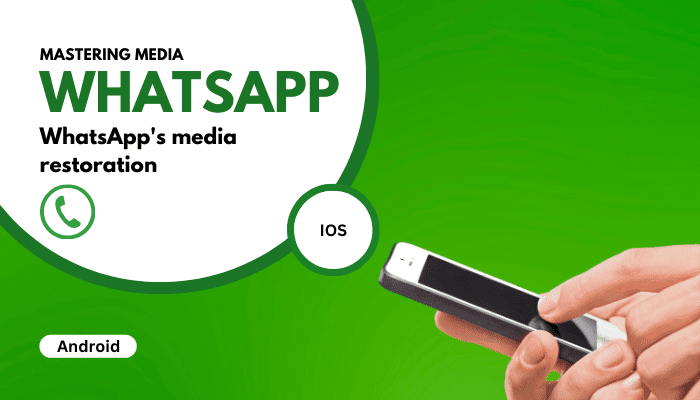
- Professionals with expertise in digital restoration techniques, archival practices, and the use of specialized software tools often perform media restoration. The goal is to preserve and recover valuable or irreplaceable media for archival, historical, artistic, or personal purposes.
- The importance of media restoration lies in its ability to preserve, recover, and enhance various forms of media, ensuring their longevity, accessibility, and cultural significance. Media restoration is often employed to recover content that may have been damaged, degraded, or lost due to physical deterioration, technological obsolescence, or accidents. This is particularly critical for one-of-a-kind or irreplaceable materials.
- Media restoration holds personal significance for individuals by preserving family photos, videos, and recordings. It allows families to maintain a connection with their history and share memories across generations. As technologies evolve, media formats become obsolete.
- Media restoration helps migrate content from outdated formats to modern ones, ensuring that valuable information and cultural artefacts remain accessible in the face of technological changes.
- In summary, media restoration is vital for safeguarding cultural heritage, ensuring the accessibility of valuable content, and contributing to the ongoing understanding of our shared history and culture. It serves as a bridge between the past and the future, allowing us to appreciate, learn from, and pass on the rich tapestry of human experience.
WHY MEDIA RESTORATION IS IMPORTANT?
Users might want to restore WhatsApp media in various scenarios, often associated with device changes, accidental deletions, or the need to recover chat history and media. Several instances where users might find the restoration of WhatsApp media necessary are mentioned in the following:
Switching to a New Device
When users switch to a new smartphone, they may want to restore their WhatsApp chat history and media from the previous device to maintain continuity and access their conversations and media files on the new device.
Reinstalling WhatsApp
If a user uninstalls and then reinstalls WhatsApp on the same device, they can choose to restore their chat history and media during the reinstallation process. This helps in recovering any data that was locally stored on the device.
Lost or Theft of Device
In the unfortunate event of a lost or stolen device, users may need to restore their WhatsApp data on a new device. This can be done by installing WhatsApp on the new device and restoring the chat history and media from a cloud-based backup.
Accidental Deletion
Users may accidentally delete individual messages, entire chats, or media files within WhatsApp. In such cases, having a recent backup allows them to restore the deleted content.
Software Updates or Resets
Software updates or resets on a device may result in the loss of local data, including WhatsApp chat history and media. Restoring from a cloud-based backup helps retrieve this data.
Switching Between Android and iOS
WhatsApp allows users to switch between Android and iOS devices. Suppose users move from Android to iOS devices or vice versa. In that case, they can restore their chat history and media using the appropriate cloud service (Google Drive for Android, iCloud for iOS).
Corrupted Data
In rare cases, data corruption on the device may lead to issues with WhatsApp. Restoring from a backup, whether local or cloud-based, can help recover the data and resolve any issues.
Recovering Deleted Media
If users accidentally delete media files, such as photos or videos, from specific chats or the media gallery, they can restore them by accessing the corresponding backup.
HOW TO DATA USAGE AND DEVICE STORAGE INFLUENCE MEDIA RESTORATION IN WHATSAPP?
It’s important to note that the ability to restore WhatsApp media relies on users having previously enabled and configured backup settings within the app. Additionally, restoring media may require an active internet connection, and the process may take some time, depending on the backup size and the internet connection’s speed. Regularly updating and checking backup settings in WhatsApp is advisable to ensure seamless restoration when needed. The impact of data usage and device storage on WhatsApp media restoration is significant, as both factors play a crucial role in the efficiency and success of the restoration process. Here’s how data usage and device storage influence media restoration in WhatsApp:

Data Usage
Backup Size and Frequency
The size of WhatsApp backups, which include chat history and media files, directly affects data usage during the restoration process. Larger backups consume more data when downloading from cloud storage services like Google Drive or iCloud. Users should be mindful of their data plans, especially if they have limited data allowances.
Downloading Media
During the restoration process, media files are downloaded from the cloud to the device. The size and quantity of media in the backup impact the amount of data used. Users should consider their data connection speed and available data balance to ensure a smooth restoration without exceeding data limits.
Backup Configuration
Users can manage data usage by adjusting their backup settings. For instance, they can choose to include or exclude videos from backups, control backup frequency, or opt for Wi-Fi-only backups to minimize mobile data usage.
Device Storage
Available Storage Space
The success of media restoration is contingent on having sufficient storage space on the device. If the device lacks adequate space, it may lead to incomplete restoration or errors. Users should regularly check and manage their device storage to ensure there is enough room for the restored data.
Local Backups
WhatsApp creates local backups on the device, and these backups contribute to the overall storage consumption. Users should be aware of the space occupied by local backups and consider deleting old backups or transferring them to external storage to free up space.
Media Download Size
Restoring media involves downloading files to the device. Users should be mindful of the available storage space, especially if the restored media files are large. This is particularly crucial for devices with limited internal storage.
Clearing Cache and Unnecessary Data
Users can optimize device storage by periodically clearing WhatsApp’s cache and removing unnecessary files. This can create more space for the restored media and improve overall device performance.
Internet Connection Speed
Restoration Time
The speed of the internet connection influences the time it takes to restore media from cloud-based backups. Faster internet speeds result in quicker downloads, reducing the time needed for the entire restoration process.
Wi-Fi vs. Mobile Data
Users can choose between Wi-Fi and mobile data for the restoration process. Wi-Fi is often preferred to avoid using mobile data, especially for larger backups. Users should be cautious when using mobile data to avoid unexpected charges.
Additional Tip:
Users should consider the impact of data usage and device storage when planning and executing media restoration in WhatsApp. Managing backup settings, monitoring data usage, optimizing device storage, and choosing the right internet connection are essential steps to ensure a smooth and efficient restoration process without exceeding data limits or facing storage-related issues. WhatsApp employs a combination of features and mechanisms to facilitate the restoration of media, such as photos and videos, within the application. The primary methods involve the use of cloud-based storage and local backups.
- You might be interested to reading this post as well:
- How to change the group icon in WhatsApp
- How to pin chat in WhatsApp
HOW TO STOP OR DISABLE WHATSAPP BACKUP AND RESTORE MEDIA IN ANDROID?
Here are a few ways to prevent automatic backups on WhatsApp for Android devices, and one of these methods involves disabling the Google Drive backup feature.
OPTION 1
Follow these straightforward steps to halt the automatic backup of WhatsApp on Android using Google Drive:
Step 1. Open the Google Drive app on your Android device and click on the three dots at the top left corner of the screen.

Step 2. Among the presented options, select “Backups.”

Step 3. Click on the three dots again next to “WhatsApp Backup.”
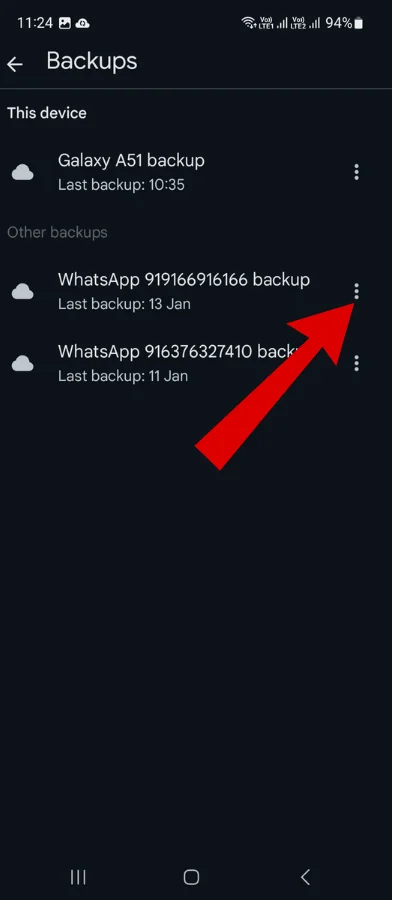
Step 4. Opt for “Turn off this Backup.” Consequently, WhatsApp will cease its automatic backup to Google Drive.
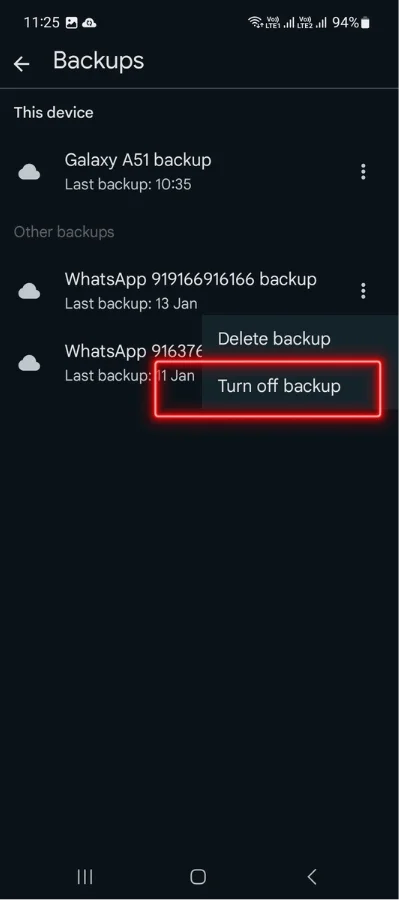
OPTION 2
Prevent WhatsApp from automatically backing up by disabling network connections. Turning off Wi-Fi or cellular data can effectively halt the backup process. However, it’s essential to note that this action might disrupt other functionalities on the device.
Step 1. Open your phone’s Settings app.

Step 2. Tap Network & internet.

Step 3. Turn Mobile data on or off.
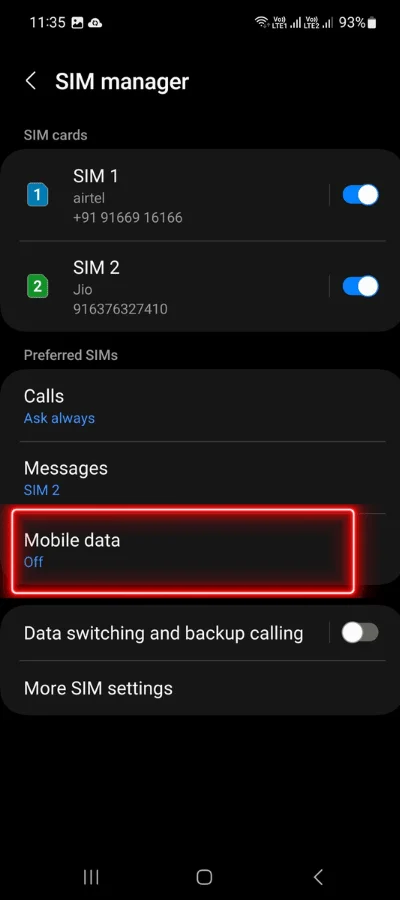
Turn off the WhatsApp backup on Android directly through the application. Follow these steps to accomplish it:
OPTION 3
Launch WhatsApp on your device and click on the three dots at the top right corner of the screen.
Step 1. Select “Settings” and then choose “Chats.”
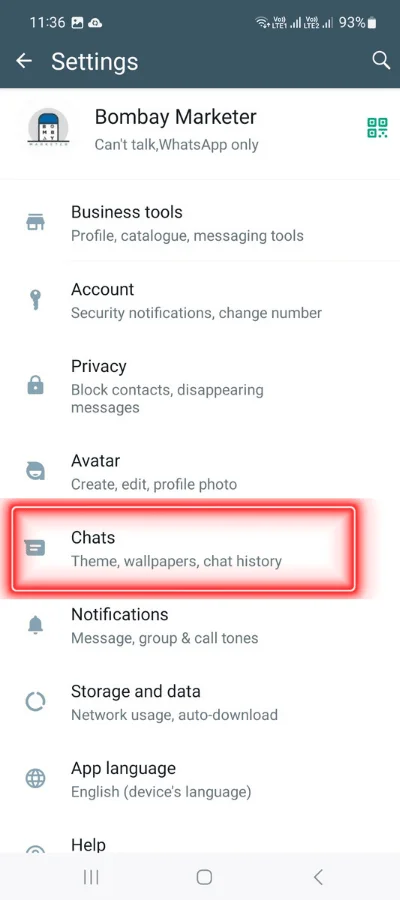
Step 2. Click on “Chat Backup,” and within “Google Drive Settings,” select “Back up to Google Drive.”
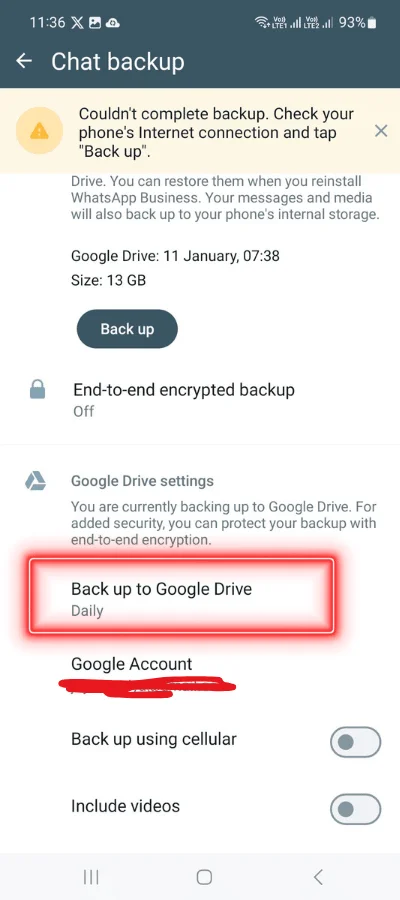
Step 3. Opt for “Never,” and WhatsApp will cease the automatic backup of data to Google Drive.
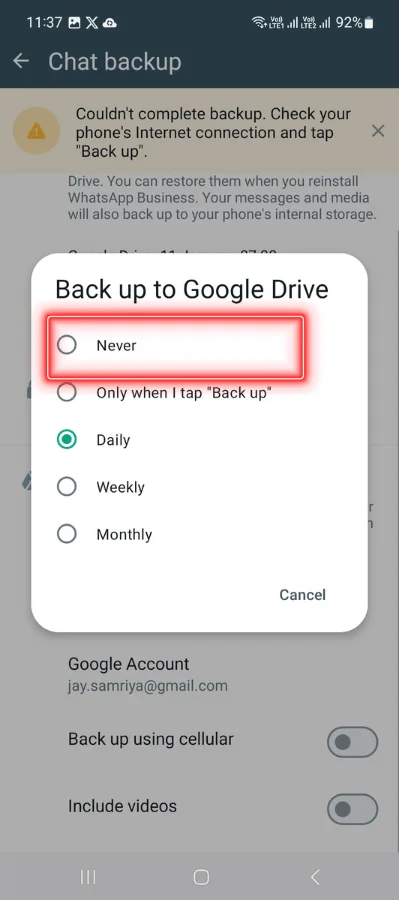
HOW TO STOP OR DISABLE WHATSAPP BACKUP AND RESTORE MEDIA IN IPHONE (IOS)?
For users of iOS devices, here are several approaches to prevent or deactivate the automatic backup in iCloud:
OPTION 1
Stop iCloud WhatsApp Backup through iPhone Settings to discontinue the automatic backup using iPhone settings, follow these uncomplicated steps:
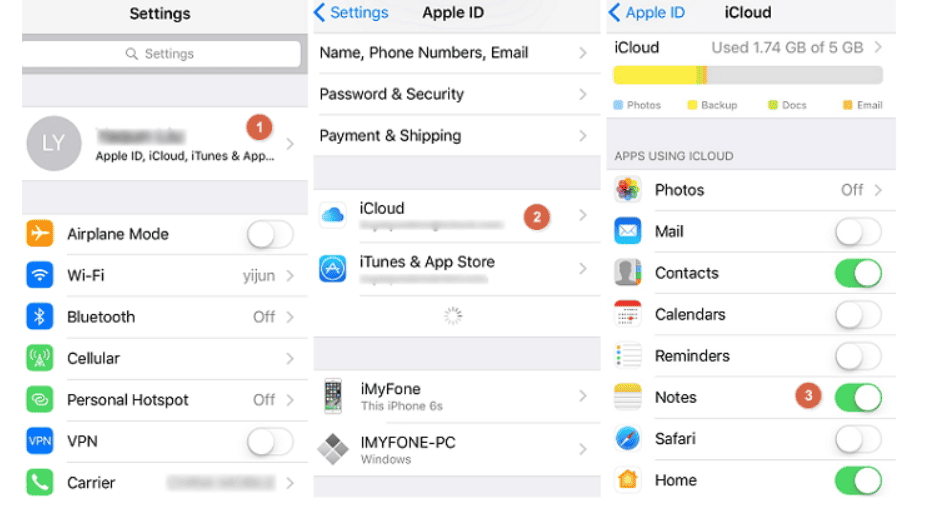
Step 1. Launch Settings on your iPhone and tap on your name at the top.
Step 2. Select “iCloud” and scroll to find “WhatsApp.”
Step 3. Toggle the switch to “OFF” to deactivate the backup. This action will prevent WhatsApp from uploading data, including backups, to iCloud.
OPTION 2
Prevent WhatsApp from backing up and restoring media by disabling network connections on the iPhone. However, it’s important to note that this action may impact other device functions, such as hindering software or app updates on the iPhone.
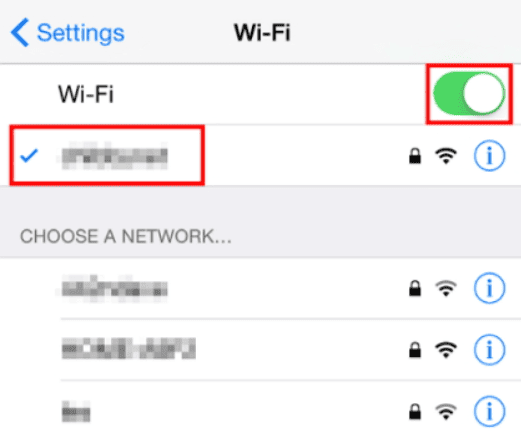
Step 1. Go to Settings
Step 2. Select Cellular, then turn Cellular Data
Step 3. Turn it off
OPTION 3
Turn off iCloud backup for WhatsApp and halt the restoration of media using the WhatsApp application with these straightforward steps:

Step 1. Launch WhatsApp on your iPhone and access “Settings.”
Step 2. Select “Chats” and then choose “Chat Backup.”
Step 3. Tap on “Auto Backup” and opt for “Off.” This action will cease WhatsApp from conducting backups on iCloud. If needed, you can use the same steps to re-enable this feature.
DON’T LOSE YOUR PRECIOUS MEDIA
How to fix a stuck WhatsApp while restoring media?
Here are six suggestions for resolving issues with restoring media that is stuck on WhatsApp:
- Ensure a stable internet connection: Your phone must be linked to a Wi-Fi network by default for WhatsApp to restore a backup. Ensure a stable and dependable Wi-Fi connection and check if the restoration progress bar advances. This guideline is applicable to both Android devices and iPhones.
- Clear the cache in the WhatsApp application: Clearing the cache in WhatsApp involves removing temporary data stored by the app. This can help resolve issues related to performance or storage. This process might improve the app’s functionality and address certain glitches.
- Uninstall and then reinstall WhatsApp: This can help fix various issues, including app crashes or unexpected behaviour. Before doing this, it’s advisable to back up your chat history, as reinstalling the app without a backup will result in the loss of chat data.
- Create a new backup on your old phone: Before transitioning to a new device or performing major changes, it’s essential to create a backup of your WhatsApp data on the old phone. This ensures that your chat history, media, and settings are preserved.
- Disconnect your WhatsApp account from Google: This action might be necessary for privacy or security reasons. Users can manage account settings in WhatsApp to disconnect from Google, ensuring that the app is no longer associated with the Google account.
- Skip the restoration of media files: When restoring a backup, users often have the option to skip the restoration of media files such as photos and videos. This choice allows for a quicker restoration process, especially if the user prefers not to download all the media immediately.
FINAL WORDS
Restoring media on WhatsApp involves various methods to recover and access important images, videos, and other media files. Users can restore their valuable content by transitioning to a new device, reinstalling the application, or addressing accidental deletions. Utilizing cloud-based backups, adjusting settings within the WhatsApp application, and ensuring a stable internet connection are key elements in successfully restoring media. Users can navigate the restoration process effectively and provide a seamless experience with their WhatsApp media by following the recommended steps and considering factors such as data usage and device storage. Always stay informed about the latest updates and features within WhatsApp to make the most of the available tools for media restoration.
- You might be interested to reading this post as well:
- How to send blank message in whatsapp
- How to change WhatsApp ringtone for Android and iPhone
FAQ
Most frequent questions and answers
WhatsApp media, including photos, videos, and voice messages, is typically stored in your smartphone’s internal storage.
To access iCloud on iOS, follow these steps: Open Settings > Tap on Your Apple ID > Access iCloud > Sign in to iCloud > Explore iCloud Settings >Access iCloud Drive and Photos.
Stopping the restoration of media paused during WhatsApp restore using mobile data can be done by following these steps: Connect to a Wi-Fi Network, Pause or Cancel the Media Restoration, Switch to a Stable Wi-Fi Connection, Check Data Settings in WhatsApp, Resume the Restoration, Restart WhatsApp.
Suppose your WhatsApp restoration process is stuck at 99%. In that case, you may try the following steps to resolve the issue: Check Internet Connection, Pause and Resume, Restart WhatsApp, Restart Your Phone, Check Storage Space, Clear WhatsApp Cache, Uninstall and Reinstall WhatsApp, Check for Updates.
Suppose your WhatsApp restoration process is stuck at 0%. In that case, try the following steps to resolve the issue: Check your Internet Connection, Pause and Resume, Restart WhatsApp, Restart Your Phone, Check Storage Space, Clear WhatsApp Cache, Uninstall and Reinstall WhatsApp, and Check for Updates.

